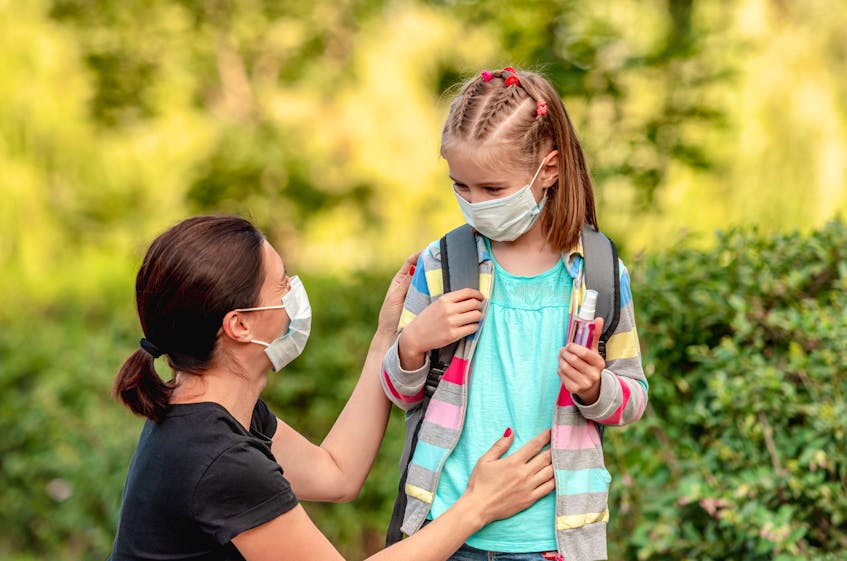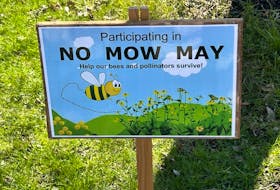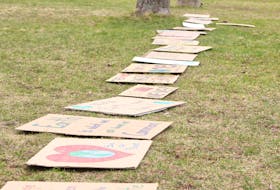Children across this region will soon begin returning to their classrooms after a break that has lasted almost six months.
When schools were shut down in March as COVID-19 started to spread among the population, there was a general agreement that this was the correct decision in order to protect our children from a virus that we didn't really know a lot about.
During the past six months, we have learned more and have been very successful in this area at getting this virus under control. We have only a few active cases of the virus, a situation that is the envy of many other parts of the country. How we will be able to maintain this situation as our children return to schools is a source of much debate and anxiety for many families.
One of the complicating factors in this situation is that there is still much that we do not know about COVID-19 and how it interacts with children. While, generally speaking, children have not gotten sick and died from this virus, we don't really know how quickly it spreads among them and whether they may then pose a risk to people like their grandparents who may be at high risk from the virus. Once schools re-open and children return to the classroom, physical distancing will become a challenge, especially among younger children, and it’s likely what one child brings to the classroom will be shared with other children in that room.
Another source of frustration for many parents is that governments have been announcing their back-to-school plans and, as with most things concerning this virus, there is a fair amount of uncertainty about how the situation will play out. It’s natural for parents to want school plans that can provide absolute assurance their children will remain safe but this is not possible with COVID-19. The situation is fluid and we need to accept plans for school are likely to change if and when the conditions change. As such, most governments have developed plans that allow the possibility for remote learning along with in-person teaching in the classroom in order to respond to the changing conditions.
The next challenge is figuring out how to implement these measures in the school setting and among our children
while they are in the group environment of their classrooms.
Because of all of the uncertainty, a number of parents have made the decision to home school their children rather than risk sending them to school. While this may help protect them from the risk of COVID-19, they will also need to consider how to meet the social needs of their children which is an important part of the school experience and can only be met through group activities with other children. If you are in a position to home-school, you are privileged as most families have both parents working and are unable to afford for one to stay home. If there is a second wave and schools close again, it will create severe difficulties for these families and there may not be government programs such as CERB that would allow parents to stay home this time around.
As we approach this new school year, it’s vital we all remember to follow the public health measures that have allowed Atlantic Canada to get this virus under control. The next challenge is figuring out how to implement these measures in the school setting and among our children while they are in the group environment of their classrooms. Like in the early months of the pandemic, it will require patience with the situation, and we can expect there will be bumps along the way.
We have shown a lot of resilience in this region in how we responded to this challenge and we will need to call upon the same reserves of strength in the weeks ahead. Our children need to return to school and it’s our responsibility to show patience and fortitude as we learn to do this safely.
Brian Hodder works in the field of mental health and addictions. He can be reached at [email protected].









